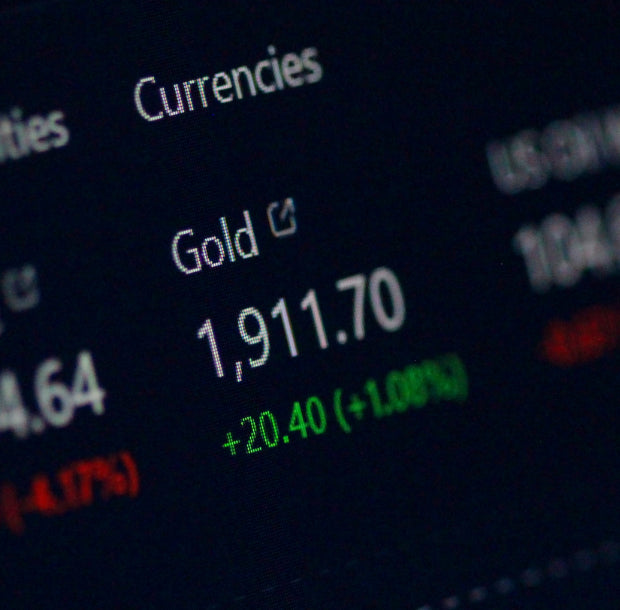The strength of the U.S. dollar has presented a major hurdle for gold in 2022. Through mid-October, the U.S. Dollar Index (symbol DXY), which tracks the dollar against a basket of major foreign currencies, had climbed more than 17 percent in 2022. Since gold is priced in dollars in major trading centers around the globe, the rise in the dollar adds to the cost for buyers in overseas markets. This is a major reason gold is down on the year, even though world financial markets are in turmoil.
There are signs, though, that some overseas economies have had enough of the strong dollar. A weak currency buys fewer imported goods, so when a currency sinks in value, it causes inflation. Right now, inflation is soaring across the globe. In response, the Bank of Japan intervened into the foreign exchange market to support the Yen on September 22, for the first time in 24 years. Shortly afterwards, China and India also intervened in the markets to support their currencies. It’s likely there’s more to come. With a growing number of countries upset about their weakening currencies, the chances of a coordinated market intervention—the most effective way to stop the dollar’s ascent—are increasing. A recent survey of currency market participants found nearly half are expecting a coordinated central bank effort to reduce the value of the dollar.
Some analysts predict the dollar is due for a decline. “On a valuation basis, the dollar does look overvalued,” Kamakshya Trivedi, head of Global Foreign Exchange, Interest Rates and Emerging Markets Strategy Research at Goldman Sachs, recently told clients. “It’s probably fair to say that we are in the later innings of this cycle of dollar strength.”
It is highly likely the Federal Reserve will slow its aggressive interest rate increases in 2023 and, at some point, will begin taking interest rates back down. This expected scenario of a decline in the dollar’s value will remove an important restraint on the price of gold.
Real Time Precious Metals Data Below







